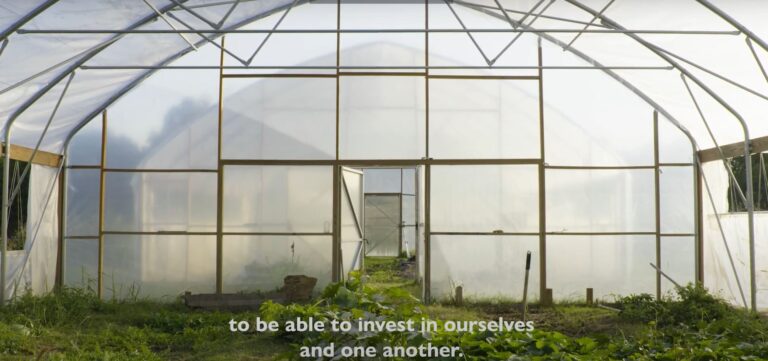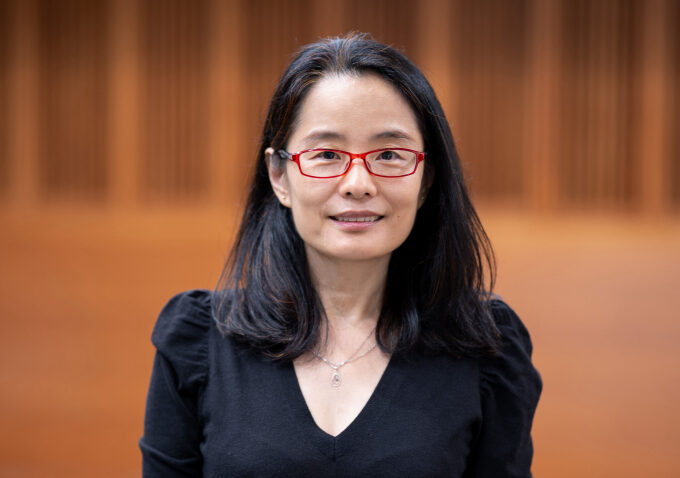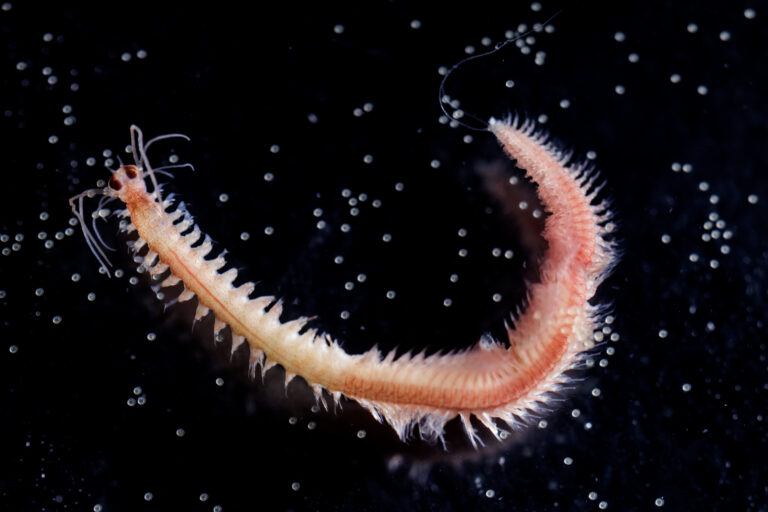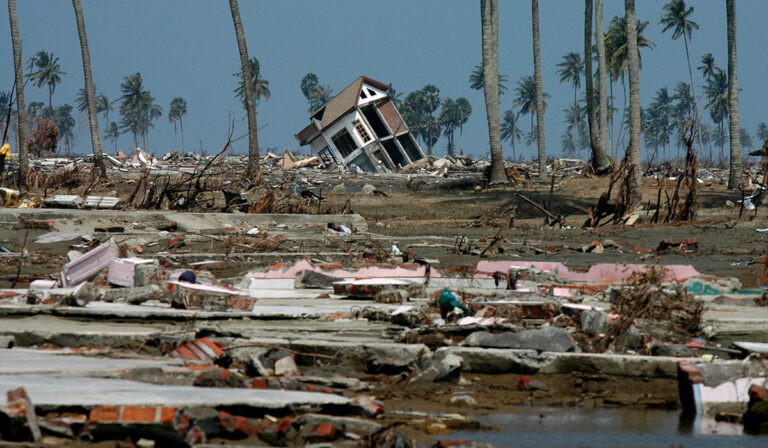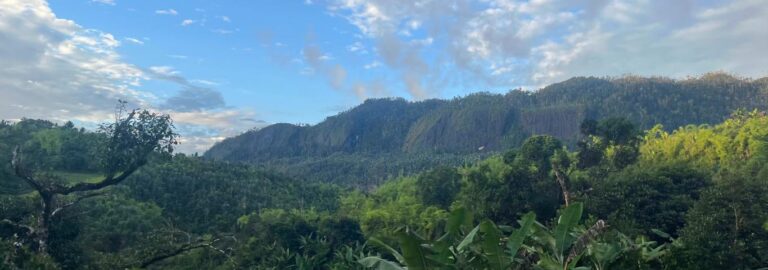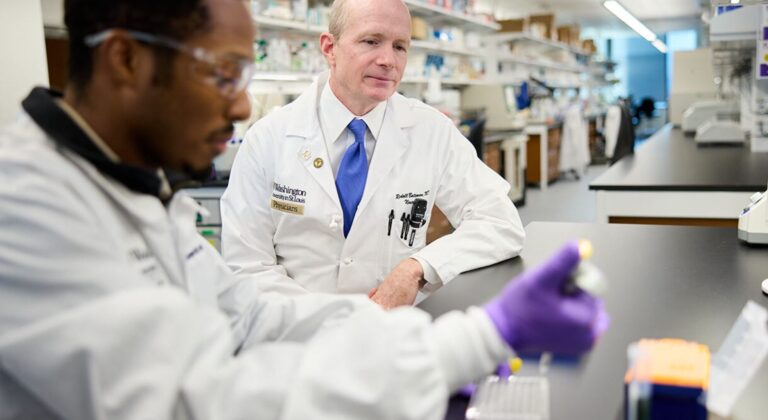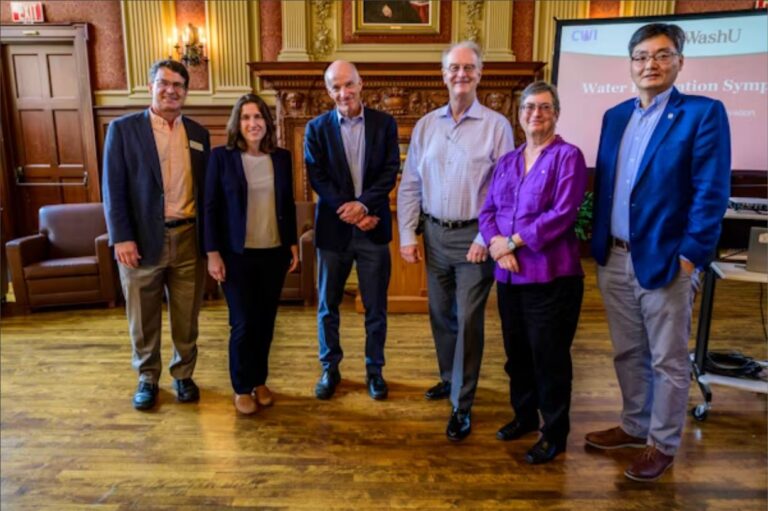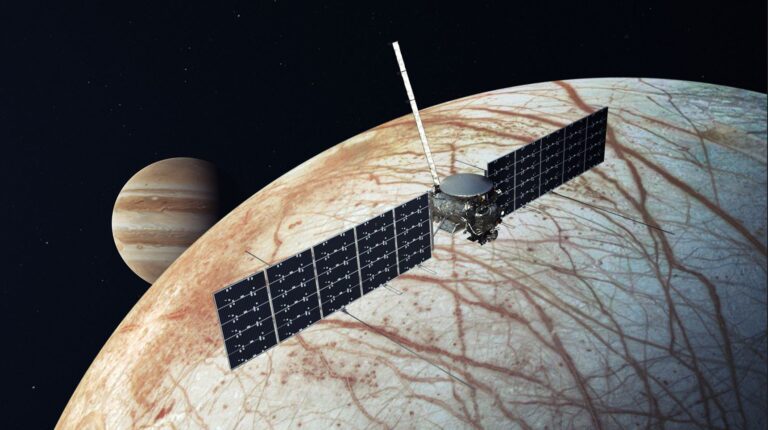WashU pitches in to reduce health disparities in St. Louis
The university has partnered with the St. Louis Integrated Health Network to improve health in the local Black community.
Bo Li appointed as Co-Director of TRIADS
Bo Li, Stanley A. Sawyer Professor in Statistics and Data Science, was recently appointed as Co-director of The Transdisciplinary Institute in Applied Data Sciences (TRIADS) at WashU.
It’s a worm’s world: regeneration and regrowth in the Özpolat Lab
Duygu Özpolat’s work revolves around annelids—looking at how they develop and regenerate.
How to grow food without light
Feng Jiao and collaborators plan to grow food through carbon dioxide electrolysis.
High-res lidar exposes large, high-elevation cities along Asia’s Silk Roads
The first-ever use of cutting-edge drone-based lidar in Central Asia allowed archaeologists to capture stunning details of two newly documented trade cities high in the mountains of Uzbekistan.
Frachetti receives $2.4 million to study resilience in Asia-Pacific region
WashU has received a three-year $2.4 million grant from the U.S. Department of Defense to study societal resilience — how a society recovers from major shocks like the tsunami in Indonesia — in the Asia-Pacific region.
A year in the life of a Pathfinder Fellow: Journey to Madagascar
Elizabeth Swords’ second year as a Pathfinder Fellow involved lessons on environmental modernism and a 22-day trip to Madagascar, where she conducted a research project in partnership with the Missouri Botanical Garden.
WashU research funding exceeds $1 billion for first time
External dollars solve major challenges, spark local job growth, development
Water Innovation Symposium highlights advances in water research
Annual event fosters connections between faculty, students and industry professionals.
NASA’s Europa Clipper prepares for launch
WashU’s McKinnon has been involved with mission to Jupiter’s moon for more than 40 years.
